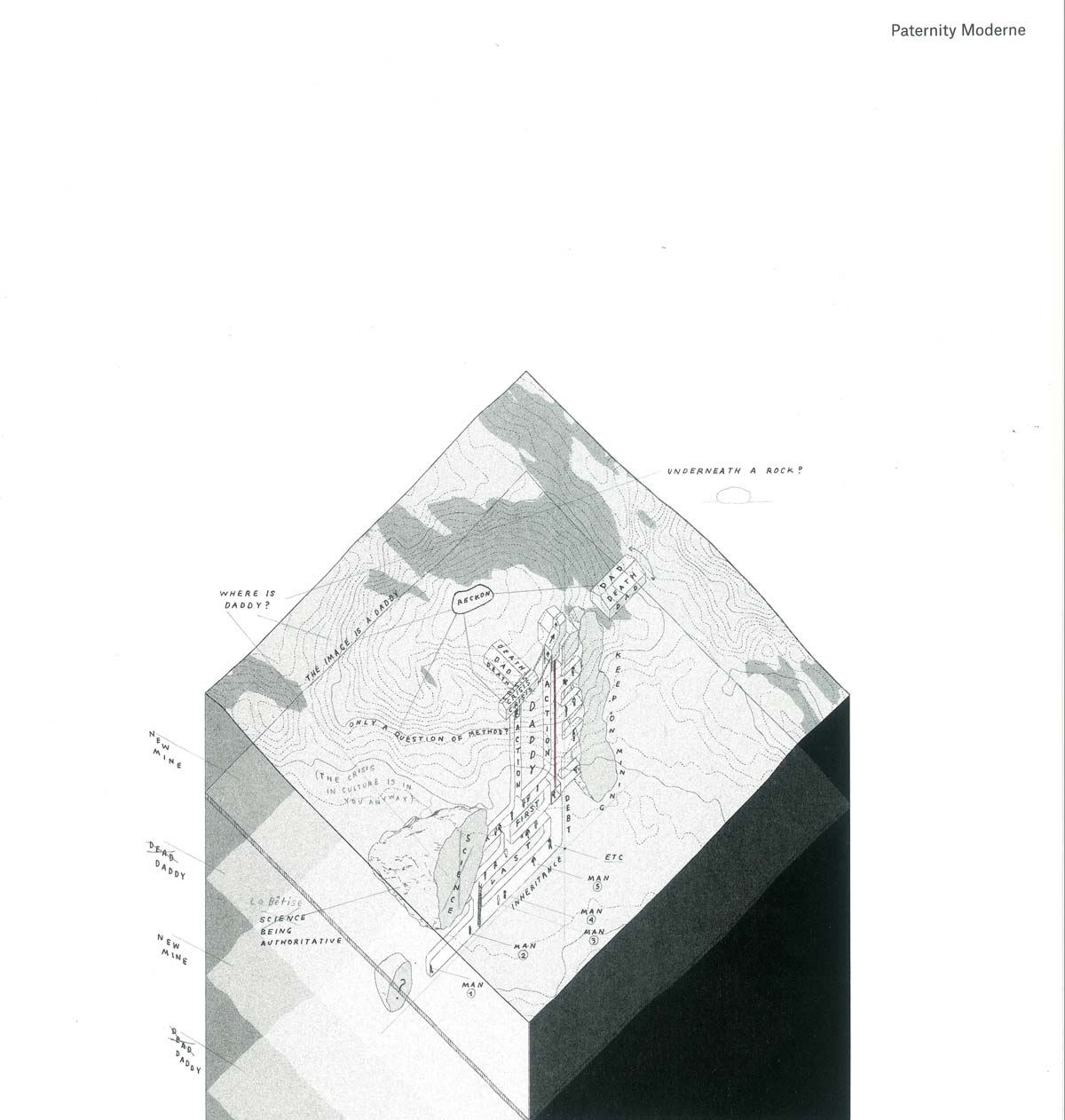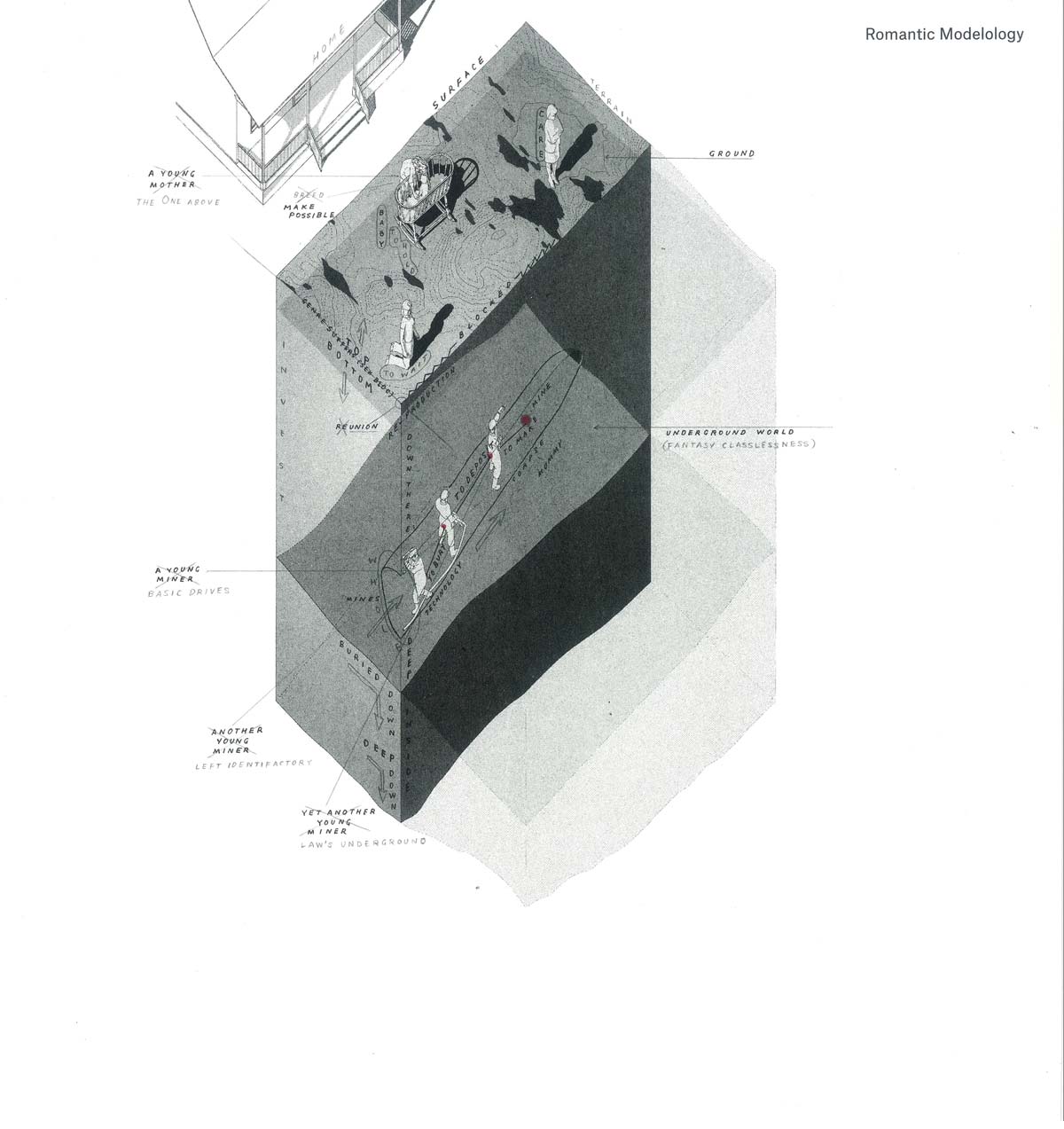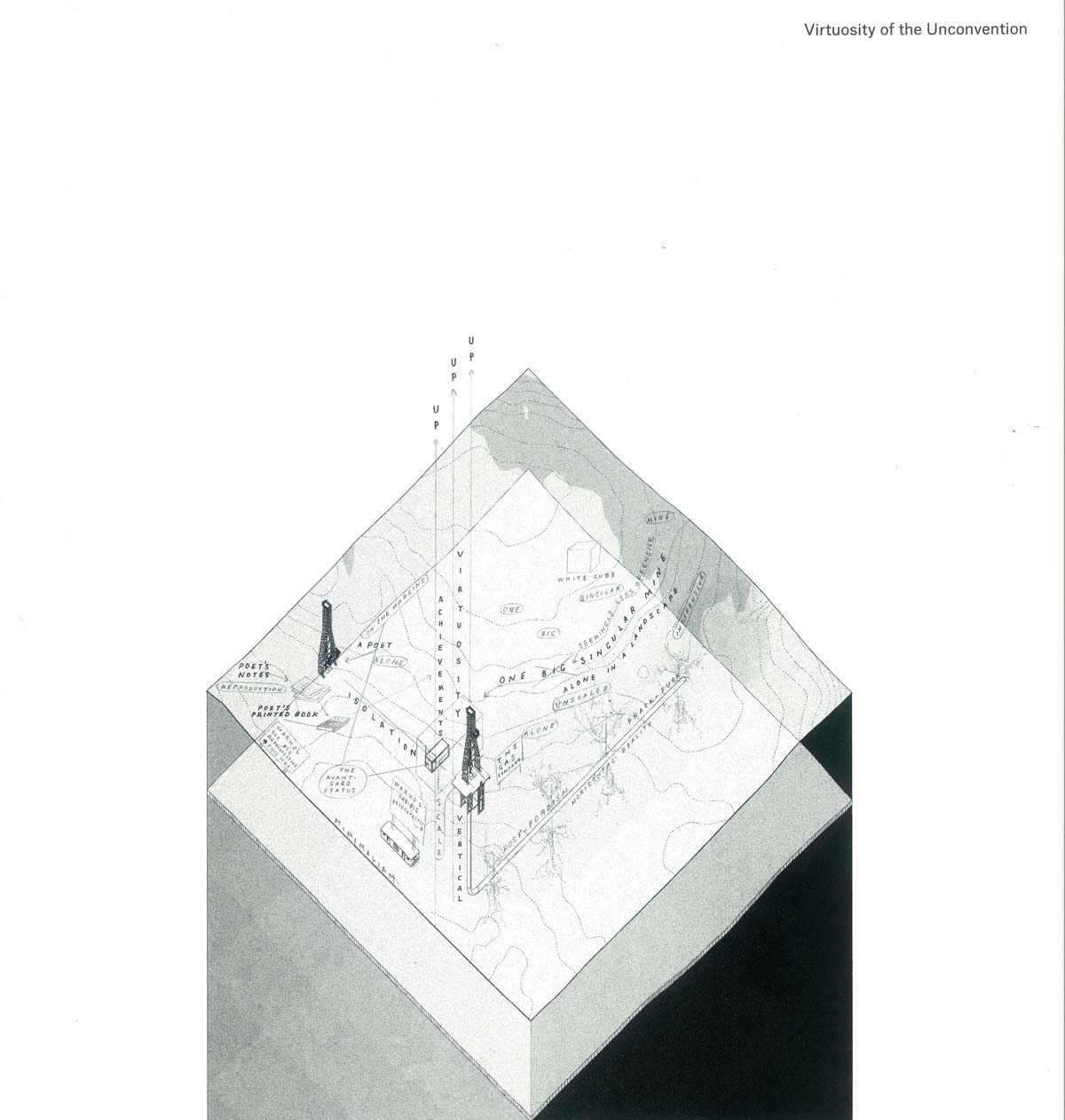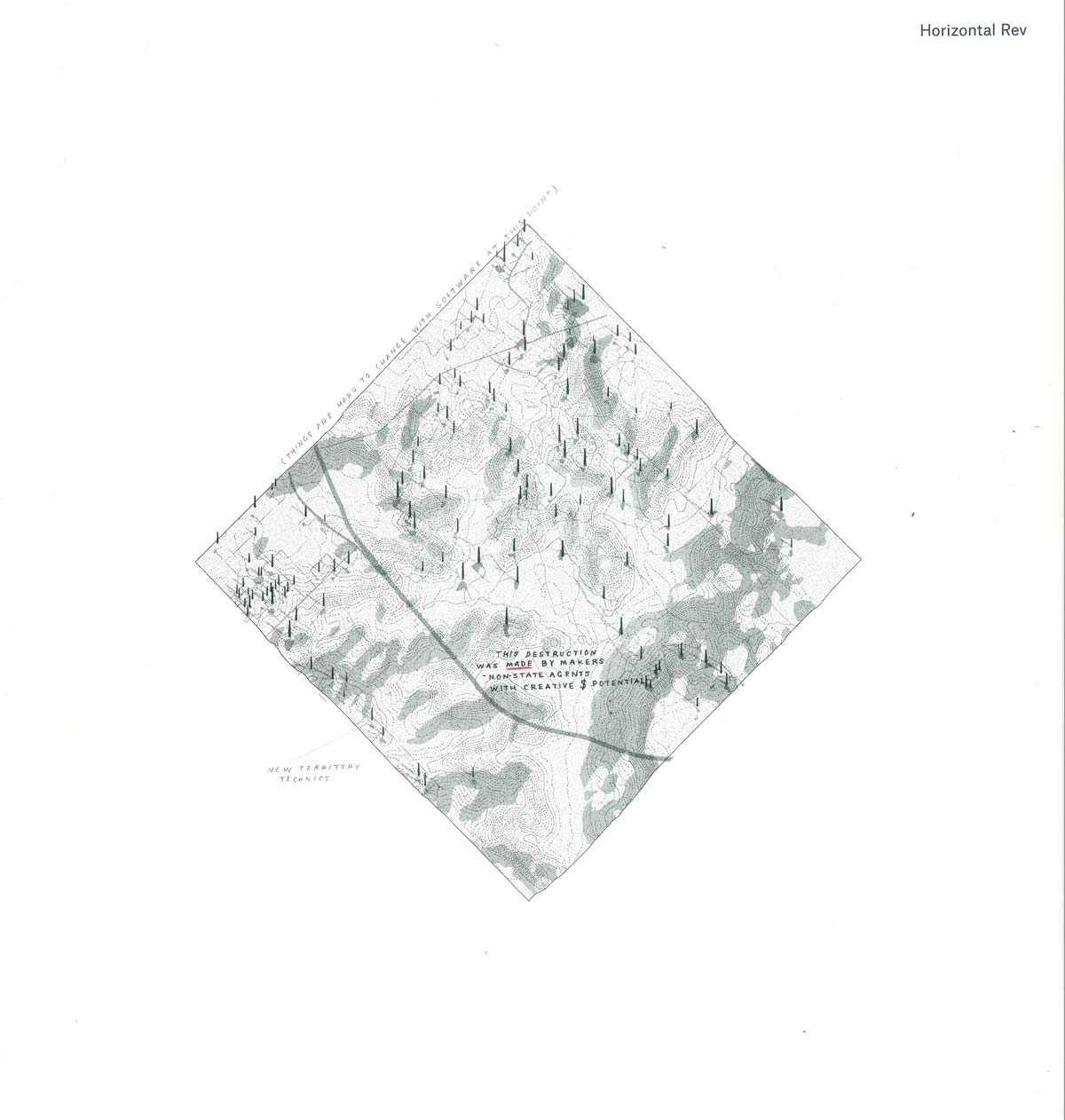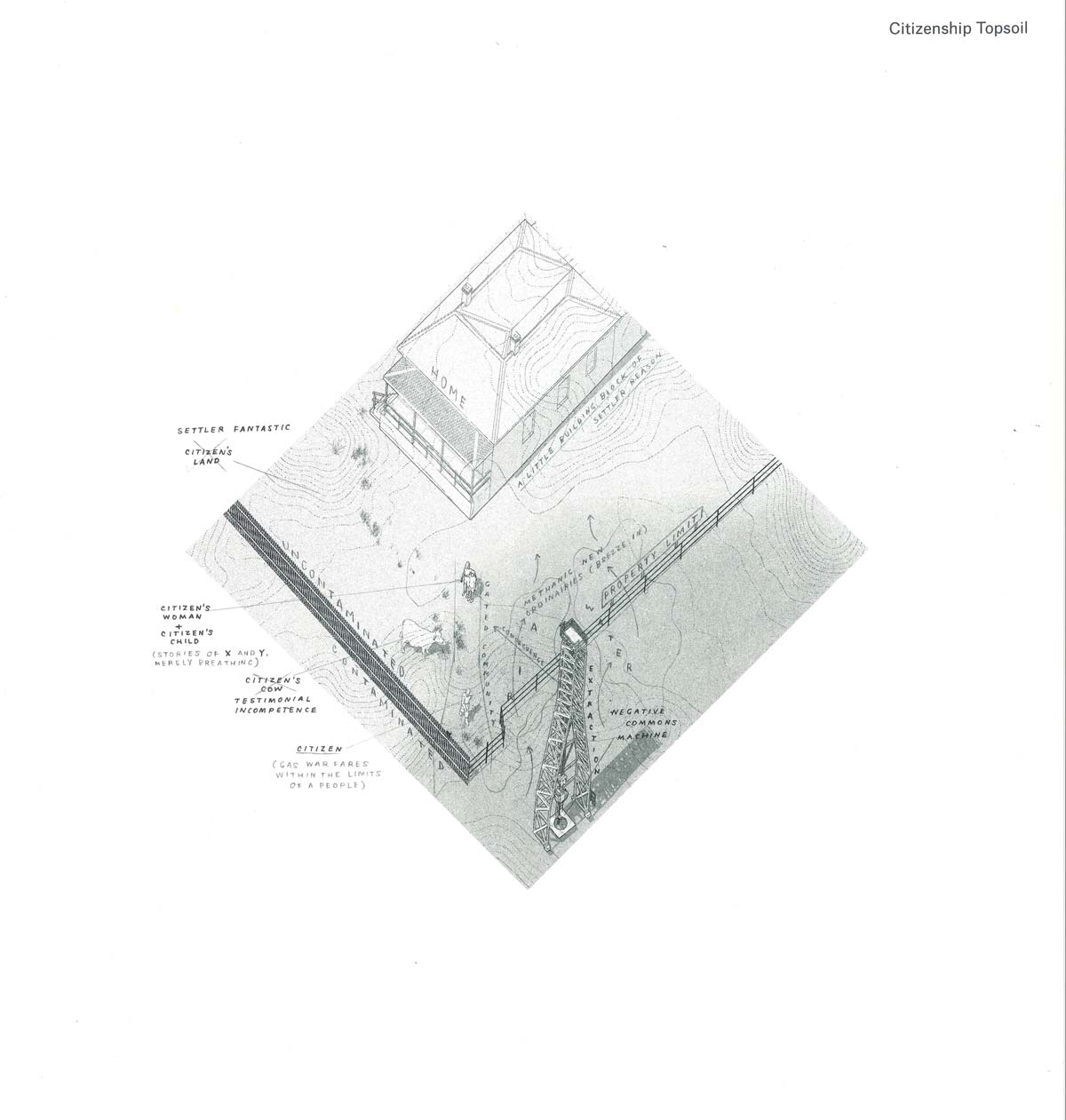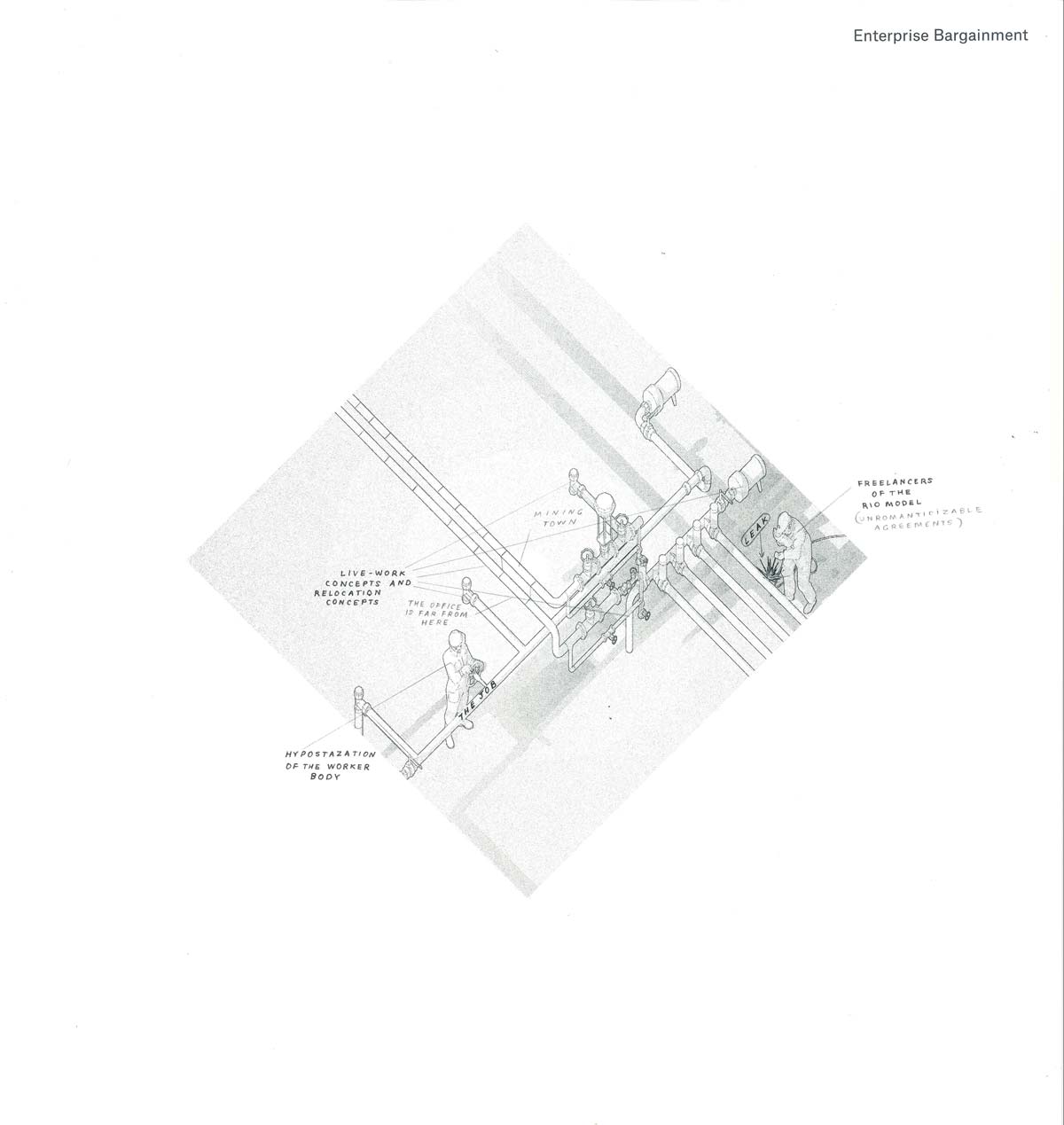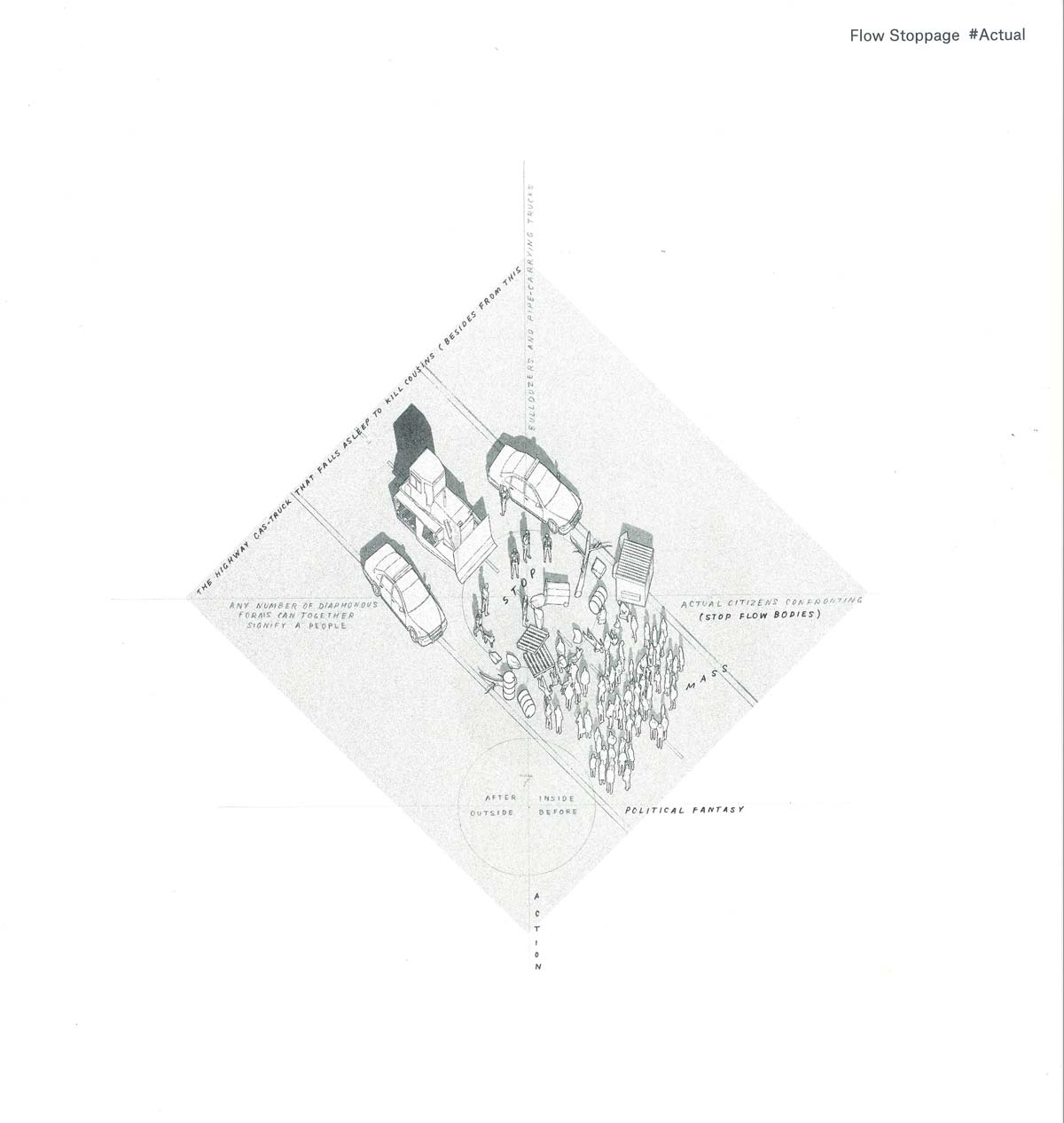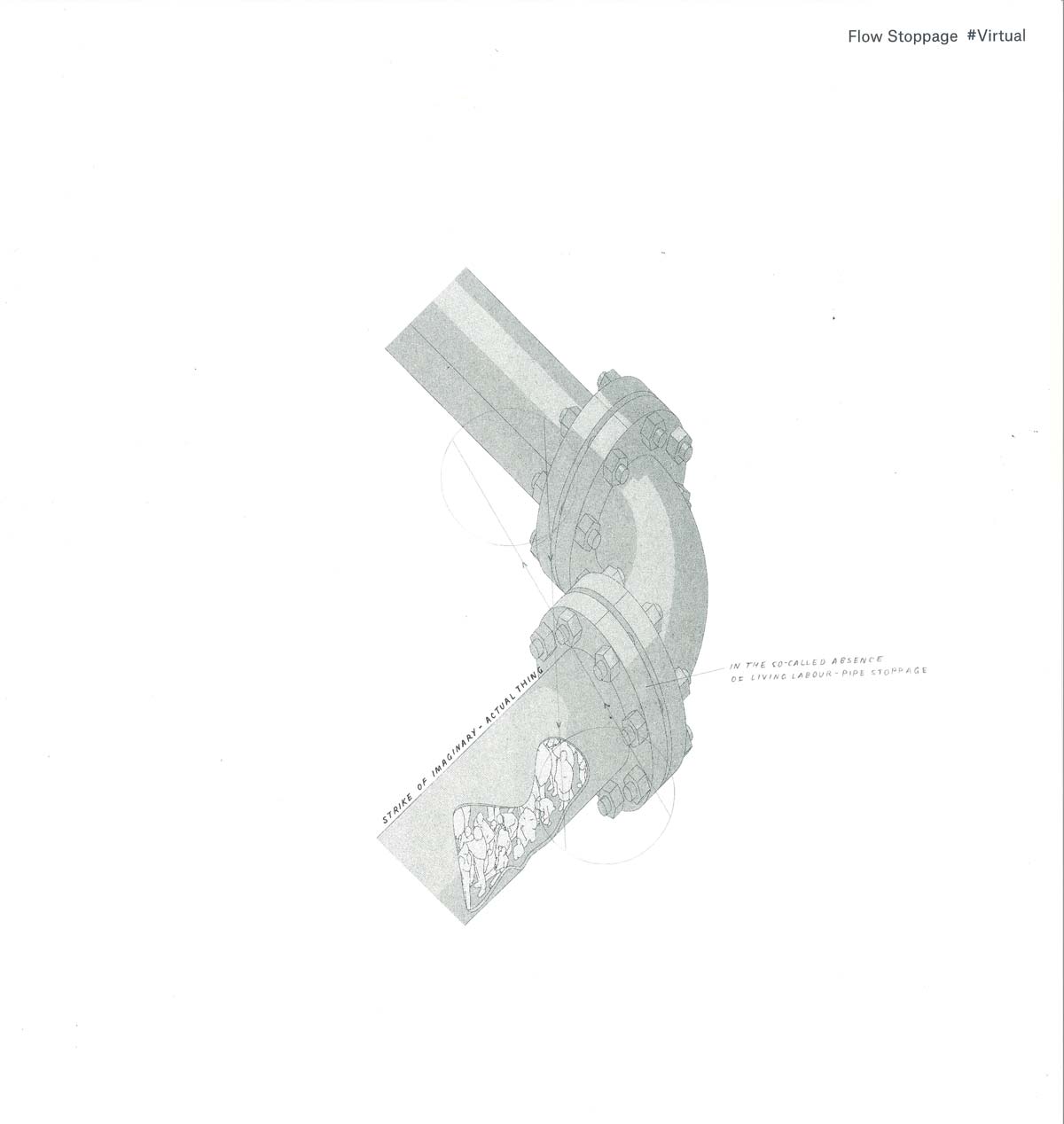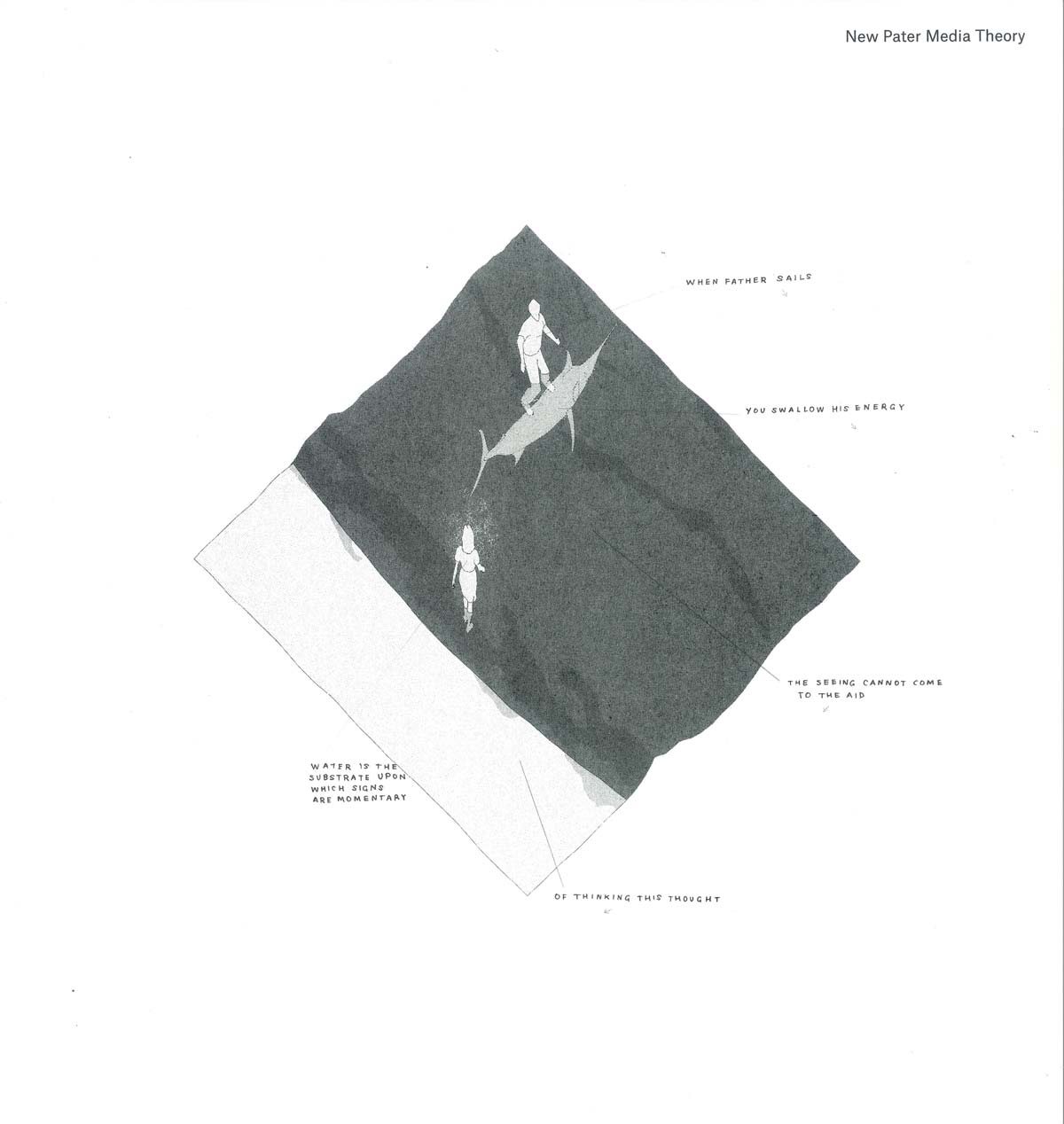[scroll left to right]
The Gas Imaginary is a research project exploring the forms and norms of ‘unconventional’ extraction, but more specifically of fracking, and its continuity with and differencing from modernist mining regimes, as it has rolled out internally to the indebted settler colonial states of the West, from its Halliburton centre. It takes on different media—poetry, collaborative drawing, installation, also theory—and moves between site-specificity and conceptual generalizations, depending on which aspect of the research I am aiming to find a form for.
My orienting index for the work is less a particular mine site than the history and industrialisation of the harbour of Gladstone, Queensland, Australia, on the east coast bordering the Great Barrier Reef, around which many generations of my family grew up—a familiar, corporeal, contested ground with an ongoing and prominent, but critically under-documented role in the export of Australia’s mineral wealth. Between 2008-10 I was travelling between there and the state capital in the wake of the global financial crisis, at the height of the (unaffected) construction boom for new LNG ports, while the harbour was being massively and ruinously dredged and leveled to make way for the industry site and for larger and more frequent gas and coal ships. My father, who had owned and run a successful recreational fishing store on the harbour for 35 years, was dying of cancer; weeks after his death his federal tax commissioner uncle, the last to send white collar tax evaders to jail in groups retroactively for the 1980s ‘Bottom of the Harbour’ scheme, also passed away; and a million dollar housing boom was still in full swing as mass fish kills, turtle casualties and dugong deaths and diseases began being connected to the dredging and dumping of dredge soil in sacrificial zones near the reef, based on an offset policy written for land-based transfers of ‘environmental value.’ Layers of material-symbolic deaths and ambivalent inheritances in the settler colony to attend to.
It has since been proven that the licensing process for a number of these coal seam (fracking) gas developments, including those on Curtis Island, were expected to have a ‘bankable outcome’ only, and did not initially involve the supply of enough information on environmental impacts—including groundwater impacts to the Great Cartesian Basin (the largest single body of underground water on the driest continent on earth)—that would be required to make an informed scientific decision on long term effects. Despite this, government agencies permitted the developments to go ahead, a decision which shocked some who were involved in its whistleblowing: “It was quite frightening that they would consider approving such a project without the basic information that a normal mining project would have been asked to submit, given that this was like six hundred times the size of your standard, large mine.”
To the extent that such projects are installed through excepted ‘special economic zonings,’ do not obey such borders in their effects, and are so inspiring of species existentialism, there is a kind of trauma observable among formerly protected liberal settler colonial citizenship that has farmers and treechangers, everyday fisherman, religious conservatives and environmentalists understanding—because being overexposed to—accumulation processes and the injustices of neocolonial land transfers ‘as if’ for the first time. Affected groups’ emergent collective relating to the negatively commoned state of things often (though not majoritively, or consistently) moves—when it does—beyond defense of the property form in styles of speech that are uncannily similar to that of the lyric poet. That’s not my work, but that is the kind of relationship between language and installation that I was grappling with. I was reading a lot of Isabelle Stengers, Juliana Spahr, Saskia Sassen, the social reproductive feminists, and thinking through the limits of avant-garde workerist commodity film (especially via Sophie Bissonette’s remarkable Un Histoire de Femmes, following women mine activists of Sudbury), the whiteness of maritimes, and what it means for a person’s conceptions of ocean ecologies to be to so fully industrialized since childhood.
During a later residency at the Jan van Eyck Academie in the Netherlands from which these collaborative drawings emerged, I was working on a chapbook of poems, Rue Methanic, and doodling messy abstract drawings of infrastructures and forces during studio visits to explain the blockages of affect and spatial fixes with which the poems tarried, in diagrammatic arguments that were clearly pre-informing the poetry’s language work. Noticing their repetition and eccentric, dialogical function, I realised I needed to take the diagrammatic aspect seriously—open up the work to computation-savvy colleagues and spatial theorists, including on the ‘desktopped’ nature of our own modes of (post) production (paralleling company representations).
The first series of drawings, co-produced with P.a.L.a.C.e. architects Valle Medina and Ben Reynolds, and artist Rodrigo Hernandez, exhibit Mine and Mine Work concepts, political imaginaries for and against production, especially in the success of Australia’s Lock the Gate movement, between its Modern and Postmodern formatting — and against the ways in which the modern mine’s romantic homosocial workerism, and ‘family wage’ engendering natures, have been mobilized as contemporary fictions to parse a kind of ‘reproductive realism’ for mining capital alone.
A second series will go deeper into the colonial history of the Gladstone harbour itself, the material articulations and competing, contested imaginaries of industrialised natures, as well as the centrality of settler colonial legal innovations for comprehending most current global phases of accumulation by energy infrastructures, mines and ports, elsewhere. To query the politics of social form and movement — focalised like this, and unevenly registering, whether impotent or strategic-essentialist effective — raises larger questions, I hope, about conventionality, and the role of iconicity and genre in aesthetic grapplings with political culture and cultural work.
Rachel O’Reilly, The Gas Imaginary, iteration #2 (2014), with Rodrigo Hernandez and Pa.La.C.e. (Valle Medina and Benjamin Reynolds). Limited edition series of 9 × 3d drawings, risograph on paper, ink, pencil. Courtesy the artists.
